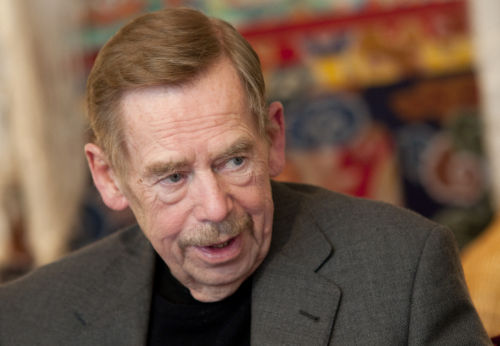

(The longest word in Ptydepe, which contains 319 letters, is the word for " wombat" in an English translation. Therefore, the shortest word in Ptydepe, gh, corresponds to what is so far known to be the most general term in natural language, whatever. The vocabulary of Ptydepe uses entropy encoding: shorter words have more common meanings. Length of words, like everything else in Ptydepe, is determined scientifically. The inevitable problem of pronounceability is solved by breaking very long words up into smaller clusters of letters called "subwords", which nonetheless have no meaning outside of the word they belong to and are not interchangeable. This led to the necessity of creating some very long words. Specifically, it makes use of the so-called "sixty percent dissimilarity" rule which states that any Ptydepe word must differ by at least sixty percent of its letters from any other word consisting of the same number of letters.

To entirely avoid the possibilities for confusion that arise with homonyms and similar unrelated words, Ptydepe was created according to the postulate that all words must be formed from the least probable combinations of letters. Another problem of natural language that Ptydepe was intended to eliminate is the frequent similarity of unrelated words, or homonyms. In order to be able to express precisely all the subtle and easily misunderstood nuances of natural language, Ptydepe has a large, non-expandable vocabulary. The play's two fictional artificial languages, Ptydepe and Chorukor, are at the heart of the play's satire.Īccording to the characters of the play, Ptydepe was constructed along strictly scientific lines, with none of the messiness and ambiguity of natural languages. The play ends with most of the characters going to lunch. Ptydepe is replaced with another language, Chorukor, one with very extreme similarities between words so as to make learning it easier, but finally it is decided to get back to the mother language. After a while, Ballas gives his job back to Gross. The last few Ptydepe learners in the organization give up on the language. Meanwhile, Maria gets fired for translating Gross's memorandum. Gross becomes a "staff watcher", someone who spies on the workers of the unnamed organization. The next day, Gross's deputy Jan Ballas (Max Balas in the Wilson translation) takes over his job. He finally finds a reluctant secretary named Maria (Alice in the Wilson translation) who explains that, while she can translate the memorandum, she does not yet have a permit to do so. Gross tries to get someone to translate the memorandum for him, and gradually becomes opposed to the use of Ptydepe. He finds out that Ptydepe was created to eliminate emotional connotations and similarities between unrelated words (such as "fox" and "ox"). Josef Gross (Andrew Gross in the Wilson translation), a director of an unnamed organization, receives a memorandum written in Ptydepe, a constructed language, about an audit. Sam Walters considers The Memorandum to be Havel’s masterpiece. The Memorandum centers on the introduction of a new language, "Ptydepe", that is meant to make work more efficient despite having the opposite effect. Despite its veiled themes, the play was approved by government censors and published. Havel wrote it prior to the Prague Spring of 1968 as an ironic satire dissenting against communist rule. The play is a black comedy that parodies bureaucracy and conformity. In 2006, Canadian translator Paul Wilson published a new translation, titled The Memo at Havel's request. The first English translation, by Vera Blackwell in 1967, used this title. The Memorandum is the common name in English for the 1965 play Vyrozumění, by Czech playwright Václav Havel. Your book may arrive from Roseburg,OR, La Vergne,TN.The play by the Ljubljana Drama Theatre in 1969
#Vaclav havel vernissage how to
If you want to know HOW to Build Wealth, you want this book! This item ships from multiple locations. You do not need to know the mayor, you do not need an MBA, and you do not have to set aside your convictions. Explain HOW to start from the bottom Describe HOW to cut costs and control your expenses Detail the relationship between your emotions and money Outline a safe and effective wealth building process Provide unconventional ways to accelerate Explain rarely discussed methods and behaviors Show HOW the process works in the real world Help you to make the best financial decisions Give you wisdom to instruct your children and your grandchildren Help to protect you from devastating mistakes Actually show you HOW to build wealth Apply to YOUR life, TODAY!This book is all substance. x 0.8in.Learn How to Build Wealth!How to Build Wealth will.


 0 kommentar(er)
0 kommentar(er)
